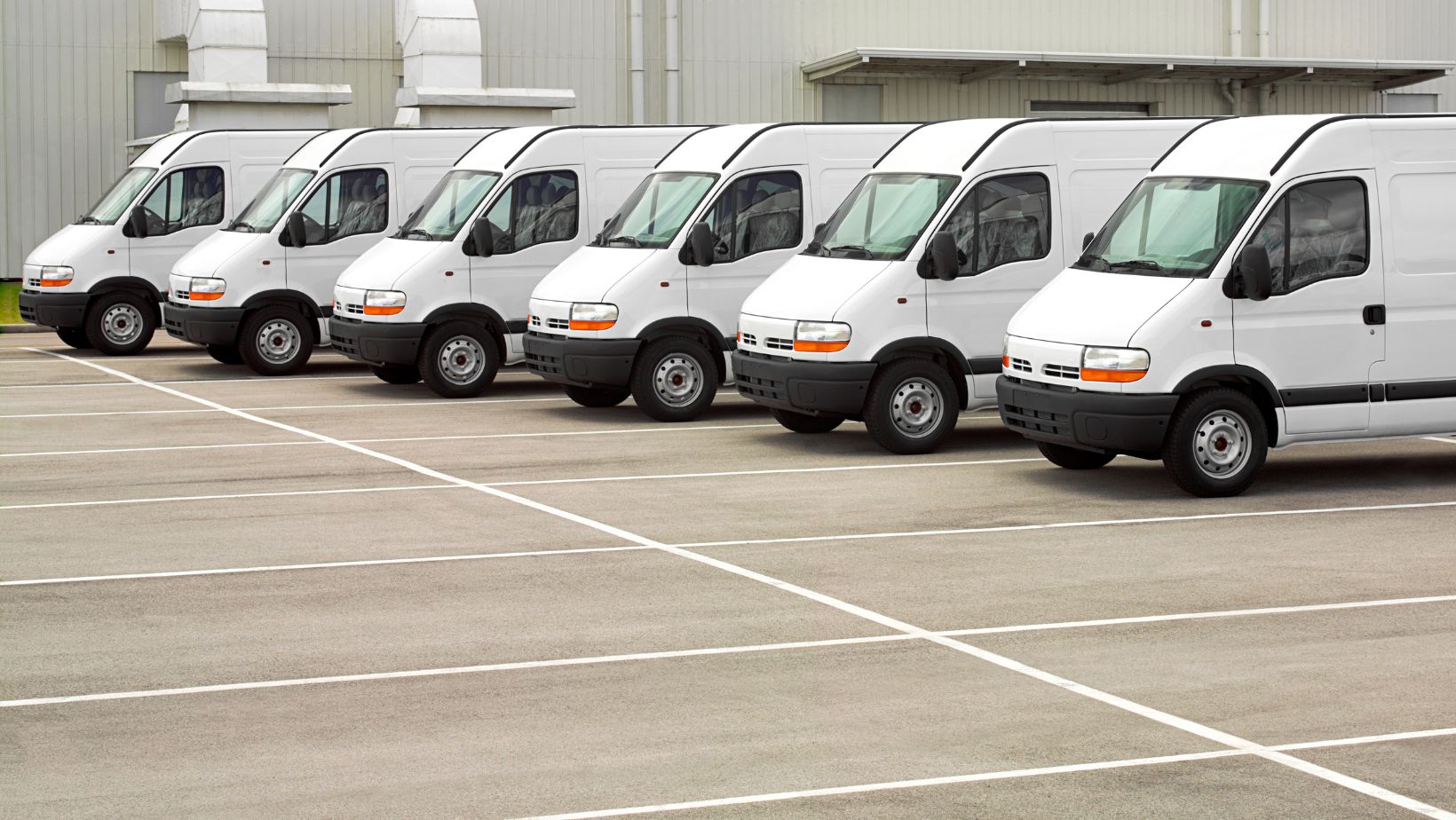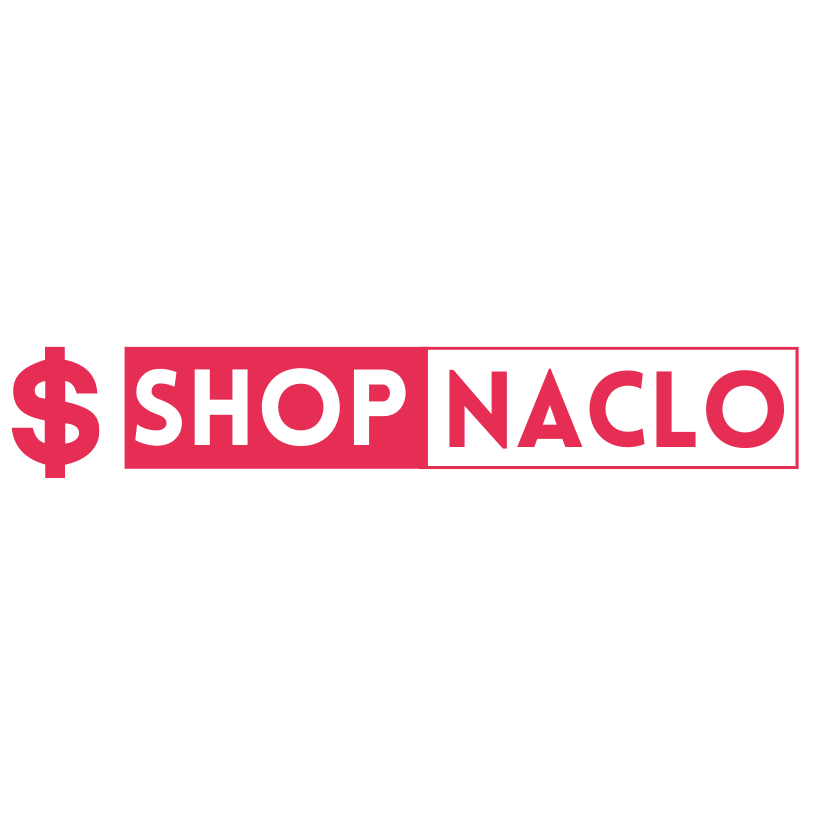Your fleet determines your effectiveness in delivering goods and services when you promise. In other words, it’s not just logistical support; it’s also a reputational asset. Knowing that everything will be done on time and that if there’s anything unforeseen, you’ll be notified. At the same time, there’s still time to do something about it, which is the key principle of operative efficiency.
This is important when you’re a small team, as you won’t get many chances if you get things wrong. However, the key part is that, as your business grows, the importance of being able to rely on your fleet doesn’t go away. Some might even argue that it’s an effective fleet management that can drive business growth (at the very least, facilitate this growth).
With that in mind, here’s how and why this matters.
Understanding Your Capacity
You might think that having 50 vehicles in yoru fleet means you always have 50 vehicles available., but that’s rarely the case. Some are in the shop, others are waiting for parts, and a few might be out of service for good. If you don’t track this accurately, you’re working with numbers that don’t reflect reality. Truck management software makes this incredibly simple.
It’s not just about knowing how many vehicles you own – it’s about knowing how many you can actually count on. A truck sitting in a repair bay doesn’t help you deliver orders. Keeping an updated record of which vehicles are ready to go lets you plan without unpleasant surprises.
Factoring in downtime and maintenance can help you prevent operational bottlenecks. If you don’t schedule regular maintenance and expect every vehicle to be in service all the time, you’ll end up with breakdowns at the worst possible moment. A well-planned rotation can ensure that maintenance doesn’t take multiple vehicles out of commission at once.
Beyond that, understanding availability makes driver assignments easier. If you know which vehicles are operational, you can distribute work efficiently and avoid situations where someone is waiting for a truck that won’t be fixed until next week. It’s about putting the right people in the right place at the right time.
The most crucial benefit of using fleet management tools is that they prevent you from making promises you can’t keep. Nothing damages credibility faster than telling a client their shipment is on the way when, in reality, the truck meant to deliver it is still in the shop. When you know your real capacity, you can confidently make a promise.
Reducing Operational Costs
Fuel is always one of your most significant expenses; you’re probably spending more than necessary without proper tracking. Drivers sometimes take inefficient routes, idle too long, or make unnecessary stops. They don’t do this intentionally; it’s just intuitive, and since they’re unaware of how much this costs you (or they just don’t care), they indulge in this behavior. With GPS tracking, you can tell them what not to do and reprimand them whenever you notice this behavior.
Preventative maintenance is another huge cost-saver. Fixing a minor issue is inexpensive, but fixing a malfunctioning part is difficult (and expensive). Also, bigger repair fixes are slower, which means they cause a longer downtime (which costs you indirectly). Most importantly, an unexpected repair can be a huge issue.
Route optimization helps cut costs by ensuring drivers take the shortest and most efficient paths. The more miles they drive, the more fuel they burn and the more wear and tear they cause. Smart route planning trims those extra miles, helping save time and money while improving overall efficiency. Most importantly, and this is something that not a lot of people think about, the less they are on the road, the lower the probability that an accident will happen.
Monitoring driver behavior helps prevent excessive wear on your vehicles. Hard braking, rapid acceleration, and aggressive driving don’t just increase fuel consumption – they put unnecessary strain on the engine, tires, and brakes. Encouraging safer, more efficient driving habits means fewer repairs and lower maintenance costs.
The final piece of the puzzle is keeping detailed expense records. If you track everything (fuel, maintenance, repairs, and mileage), you can spot patterns and identify areas where money is slipping through the cracks. With that insight, you can make data-driven decisions that lower costs and keep your fleet running smoothly.
Maximizing Vehicle Lifespan
Every vehicle in your fleet is an investment, and the longer it lasts, the better your return. Regular inspections are the first step. Catching a small issue early (like a minor oil leak) can prevent a major failure. The sooner you address problems, the less they cost to fix.
Scheduled maintenance is just as critical. Skipping regular servicing to save time or money will backfire when a breakdown pulls a vehicle out of rotation for days or weeks. Sticking to manufacturer-recommended schedules keeps everything running at peak performance and helps prevent surprise failures.

Telematics can greatly extend vehicle longevity. By tracking mileage, engine hours, and overall usage, you can service each vehicle based on real-world conditions instead of following a calendar. This means less unnecessary maintenance while still keeping everything in top shape.
Rotating vehicles evenly prevents some from being overused while others sit idle. When the same trucks handle all the heavy lifting, they wear out faster while the rest of your fleet stays underutilized. Spreading out usage ensures every vehicle contributes without being run into the ground too soon.
Proper storage and care play a role. Keeping vehicles clean, parked in protected areas, and properly fueled prevents long-term damage from exposure to the elements. Something as simple as regular washing can prevent rust, while proper tire inflation reduces uneven wear. Small habits make a big difference in the long run. When a vehicle eventually reaches the end of its life, professional car wreckers can help you dispose of it responsibly while recovering some value.
Enhancing Driver Productivity
Putting the right driver in the right vehicle can make a world of difference. If you assign a small delivery van to a heavy load while a larger truck sits unused (or carries a load that a delivery van could carry), you’re slowing things down and increasing the risk of mechanical issues. Matching vehicles to tasks ensures efficiency and prevents unnecessary complications.
Real-time tracking allows better scheduling. You can easily manage the schedule when you can see where every vehicle is at any given moment and where it is assigned. If one truck finishes early, it can pick up an extra load rather than sitting idle. This level of flexibility improves response times and keeps operations running smoothly.
Automating reports is another game-changer. Drivers who waste time on paperwork spend less time on the road. By automating logbooks, maintenance reports, and fuel tracking, you free them up to focus on their actual job – driving. It’s a simple way to eliminate wasted effort and improve overall efficiency.
Incentives can help motivate drivers to work more efficiently. Offering bonuses for fuel-efficient driving, safe handling, or on-time deliveries encourages good habits and keeps productivity high. When drivers have a reason to go the extra mile (literally and figuratively), they’re more likely to perform at their best.
Monitoring driver habits is about more than just safety—it creates an ambiance that promotes responsible behavior. If someone is idling, making unnecessary stops, or taking longer routes than necessary, the operation will slow down. Addressing these issues helps keep everyone on track and ensures maximum productivity.
Improving Customer Satisfaction
Delivering on time is one of the best ways to earn customer trust. When clients know they can count on you to get their goods where they need to be, when they need to be there, they’ll keep coming back. A well-managed fleet ensures you meet deadlines without last-minute scrambles.
Also, minimizing delays improves reliability. Nothing frustrates customers more than being told their shipment is arriving late – or not at all. It’s even worse to just be late without notifying them at all. Proactively managing yoru fleet helps avoid these headaches by keeping everything on schedule and giving customers confidence in your service.
Real-time tracking gives accurate delivery estimates. Instead of vague timelines, you can provide customers with exact ETAs so they know when to expect their shipment. If anything changes, you can update them in real-time rather than leaving them in the dark.
Efficient scheduling also contributes to customer satisfaction. Overbooking or underutilizing your fleet leads to delays and miscommunications. Planning routes and assignments carefully ensure smooth operations that benefit your business and clients.
Better coordination reduces last-minute cancellations. If a truck breaks down or a route needs adjusting, a well-managed fleet can quickly adapt. Having backup plans means you’re never left scrambling for a solution at the last minute, keeping customer trust intact.
Delivery Is The Glue That Keeps Your Business Together
If you just want to make your organization run better and hate spending too much time and effort analyzing all you could do better, you can just focus on yoru fleet management and see immediate results.

This is a field where you can always do better, where improved performance is easily measurable, and where everyone understands the KPIs. The best part is that you also increase overall traffic safety and even save the environment.



